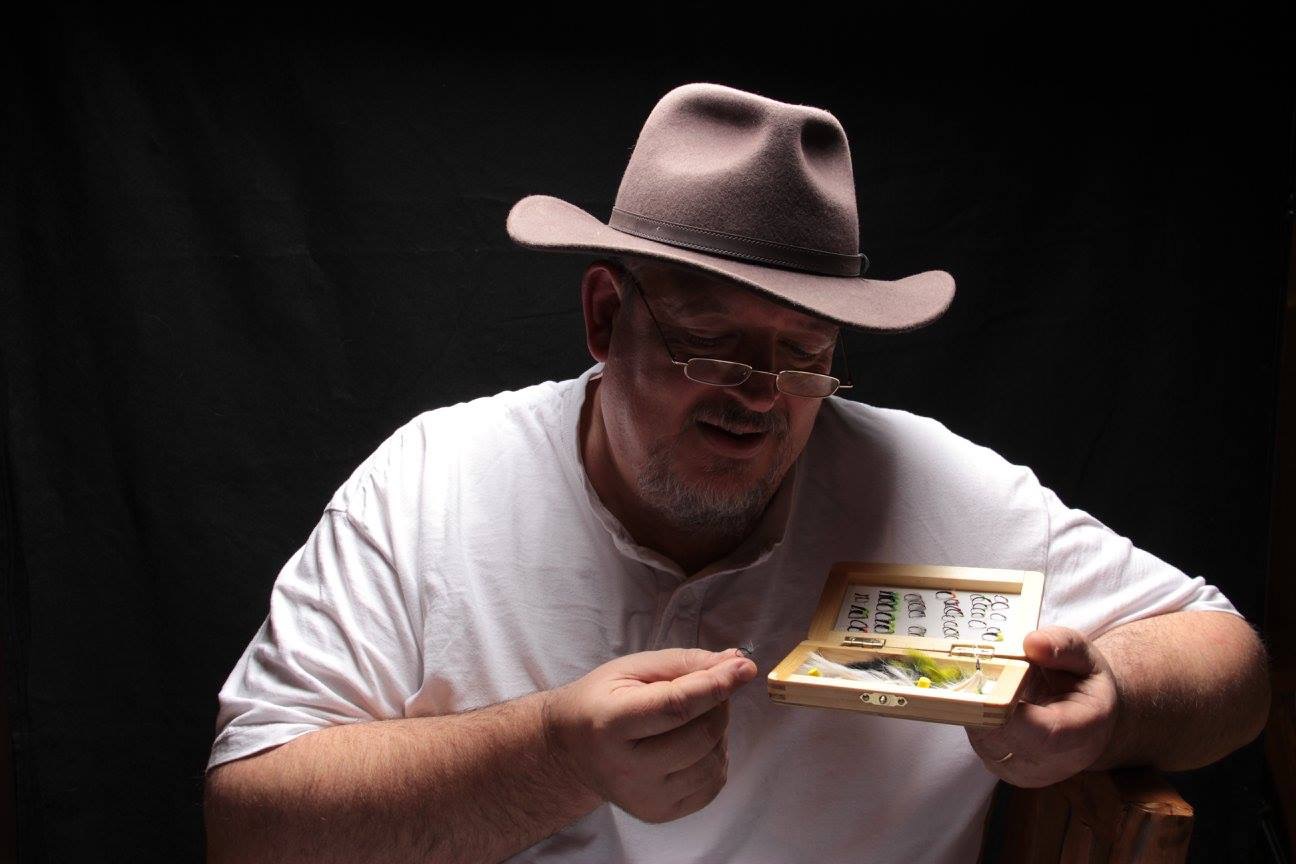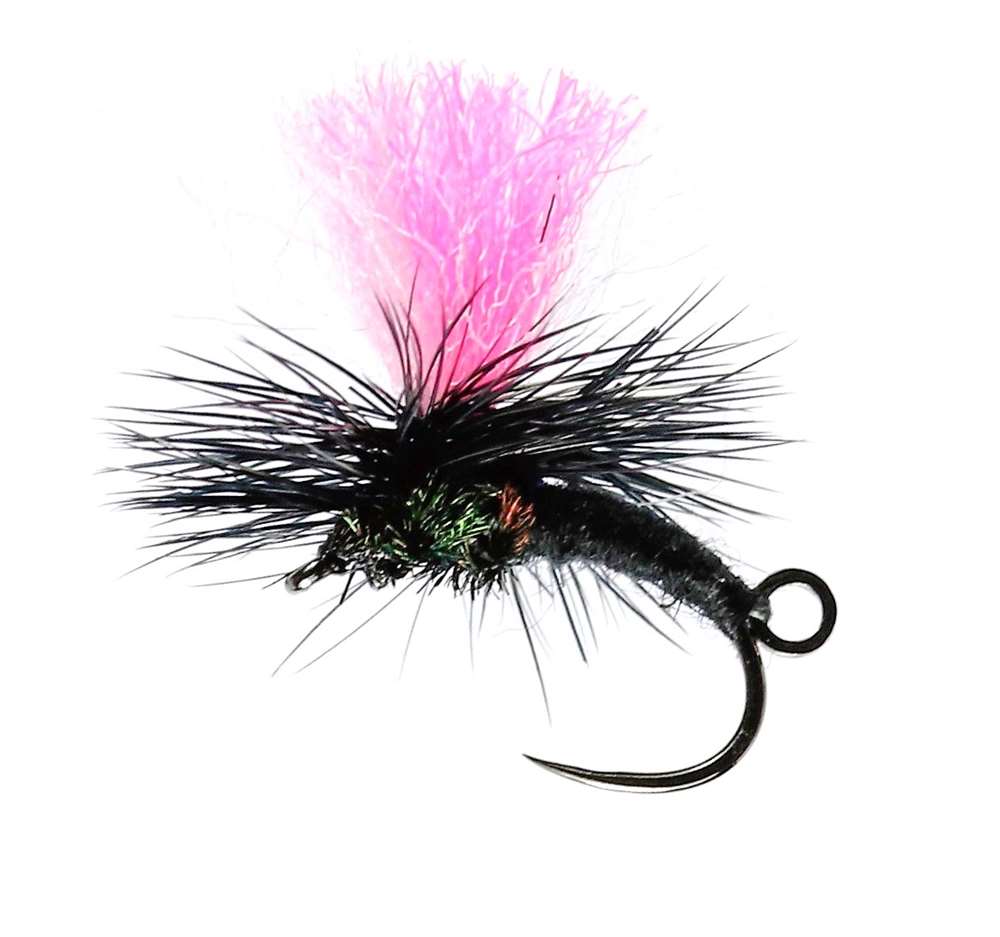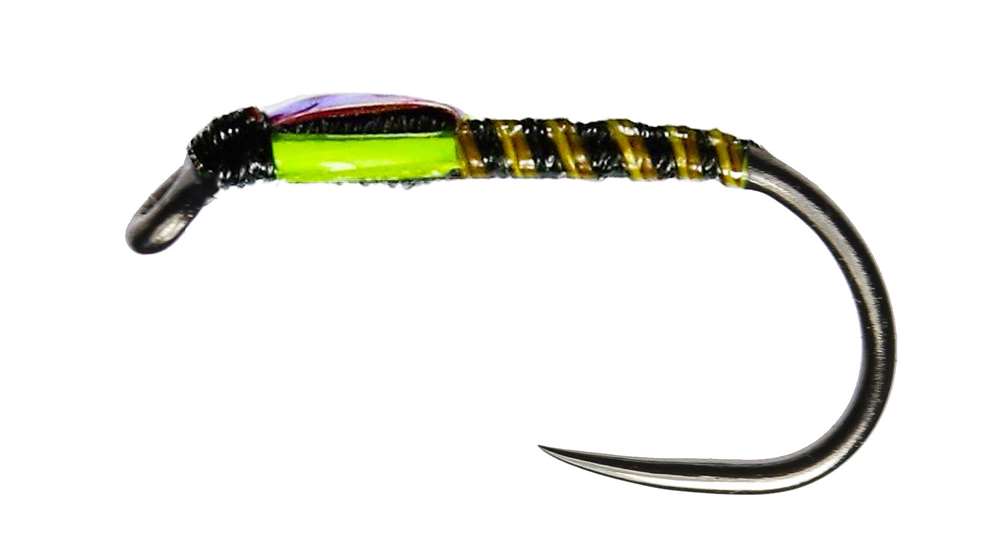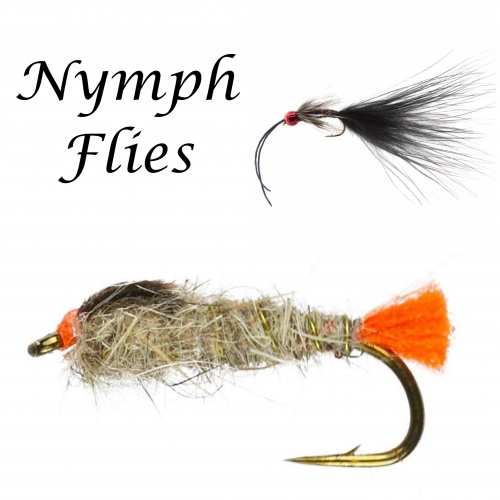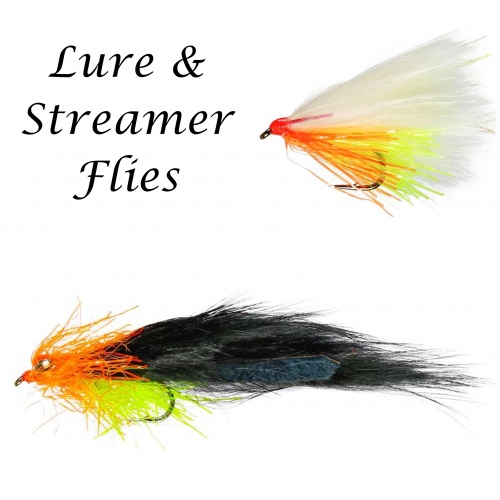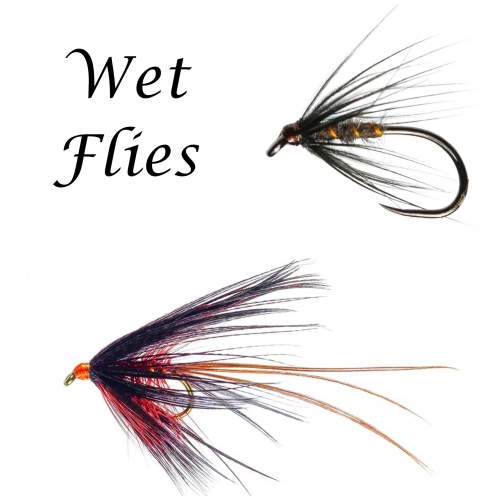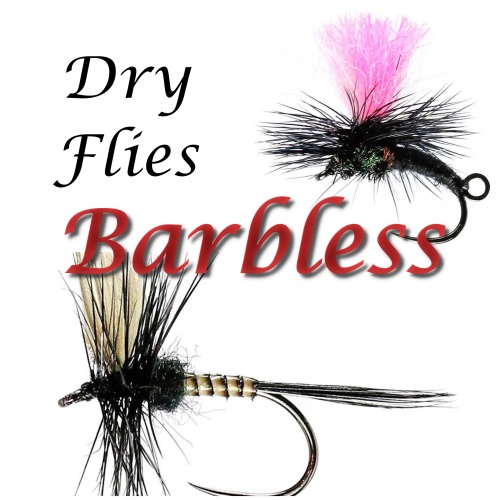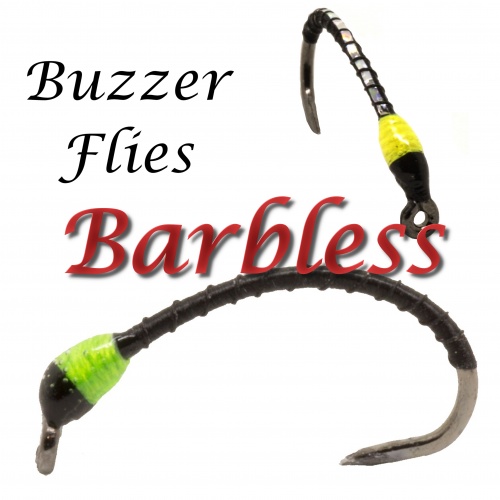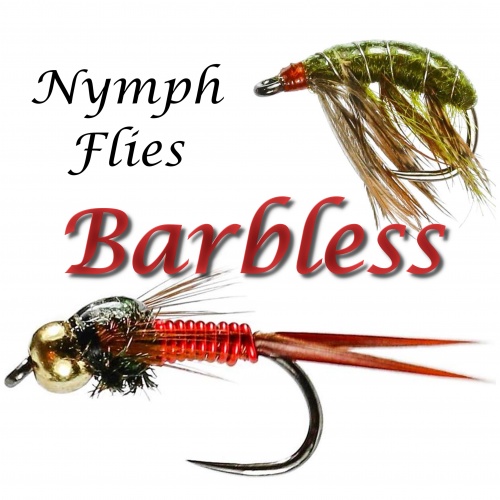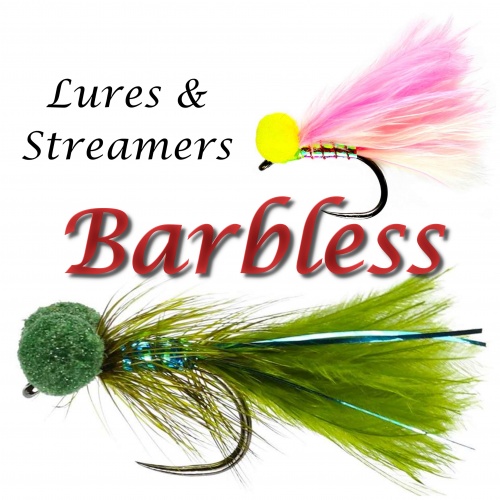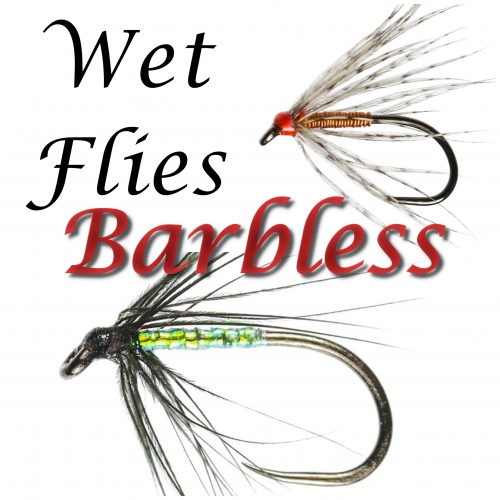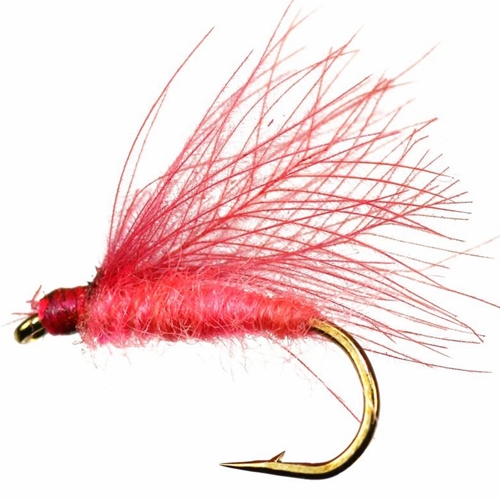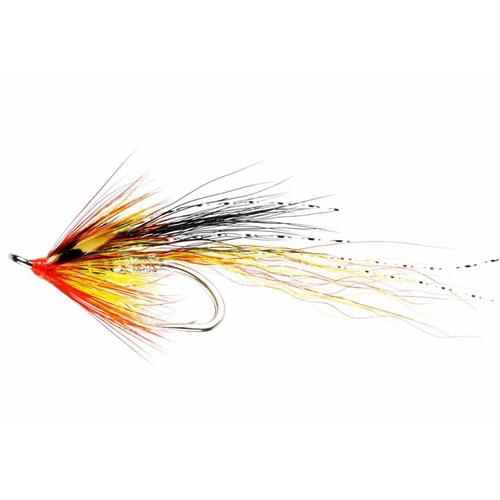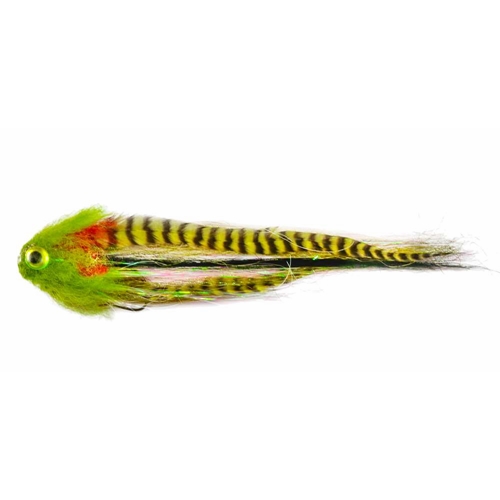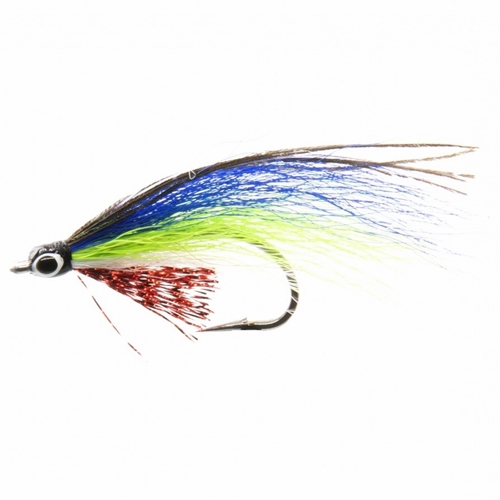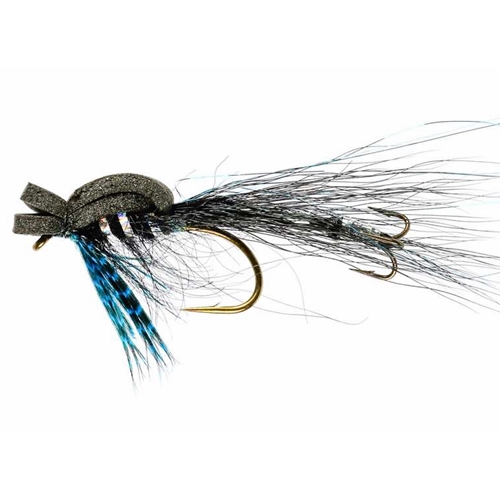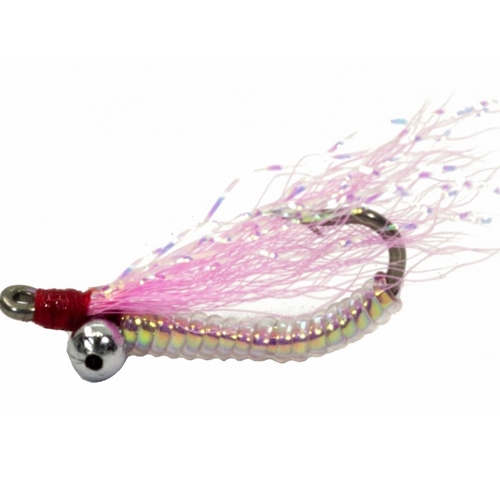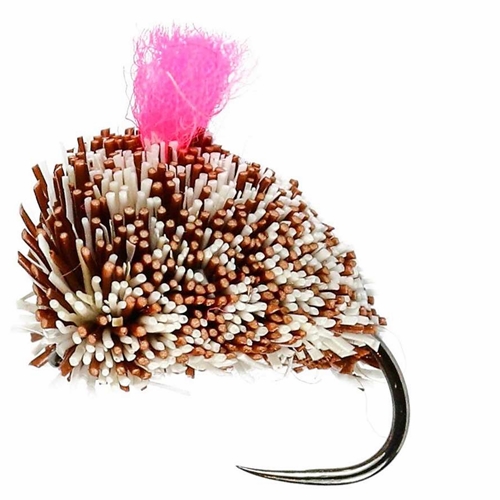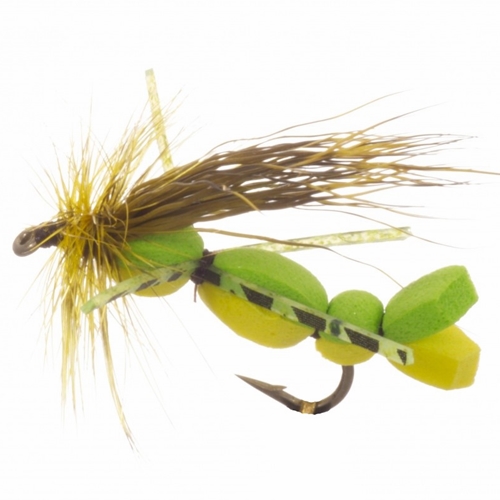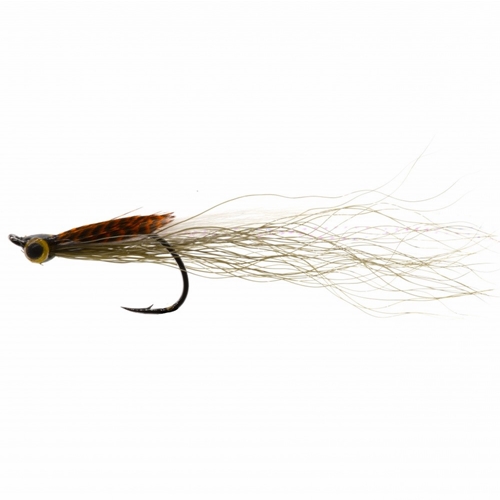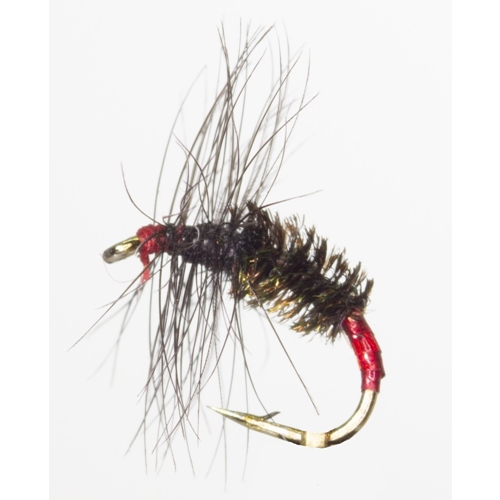In fly fishing, nymph is a general term which describes a type of artificial fly representative of sub-aquatic trout food. To be more specific, nymphs are designed to imitate immature (usually aquatic) insects in their pre-adult or larval stage.
Many insects spend proportionally more time in the nymphal stage of development than in the usually brief adult stage. As a result nymphs compose an important staple in a trout's diet. Nymphs can be tied so as to imitate specific points in an insect's larval stage. The most common ones are nymph (mayflies and stoneflies), pupa (caddisflies and midges), and emerger.
Nymphs are fished entirely beneath the surface of the water, so they are often weighted with wraps of copper or lead wire, or both. It is also quite common to use beads of brass, copper, or tungsten as heads on nymph flies. This gives the imitations not only added weight, but a more realistic profile and a flashy, attractive quality. For fly fishing, to produce the underwater movement and action characteristic of real larval insects nymph bodies often incorporate natural and synthetic dubbing material and soft, webby feathers.
